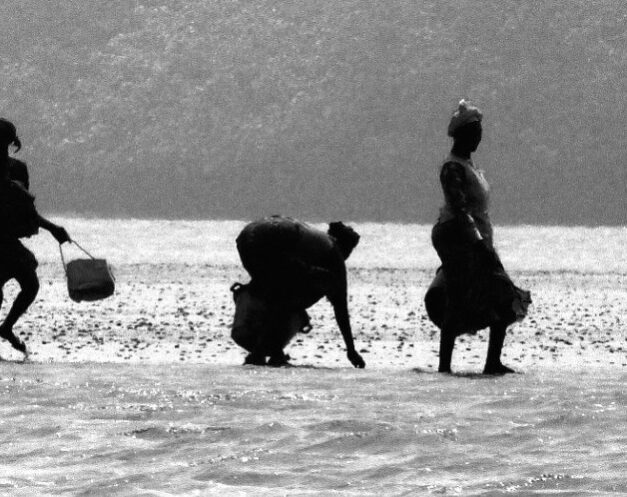Conservation and sustainable use of mangroves in the Sine Saloum Delta, Senegal

The Sine Saloum Delta is a biodiversity-rich mangrove ecosystem on Senegal’s Atlantic coast. More than 100,000 inhabitants depend on the mangroves for their livelihoods. The Delta faces many threats including destructive use of the mangroves and climate change impacts. In order to reduce the pressure on these ecosystems we are supporting livelihoods, improving knowledge and developing better management plans for the delta’s mangroves.
Tropical mangroves are among the most productive and valuable ecosystems on earth, connecting land and people with the sea, providing millions with food, clean water, raw materials and resilience against future climate change impacts, including increasing storm intensity and sea level rise. Mangroves also mitigate climate change by absorbing carbon – five times more carbon than terrestrial forests.
In the Saloum Delta local communities use the mangroves for honey production, agriculture, salt extraction and eco-tourism. The Sine Saloum Delta Reserve (SSDR) is also home to 200 bird species, 100 species of molluscs, West Africa manatee, and sea turtles. Despite these values, the Sine Saloum Delta has been heavily degraded and mangroves in the delta have been reduced by 30% since 1950.
We aim to reduce pressures on these valuable ecosystems by improving the knowledge base, by supporting local mangrove management, generating sustainable incomes for local communities, and restoring degraded areas.
Challenges
There is a whole suite of challenges facing mangrove ecosystems in the Sine Saloum Delta, including a decline of freshwater, intrusion of salt water, over-exploitation of timber and fishery resources, land use changes such as clearance for agriculture, and ill-planned developments, such as offshore oil and gas exploration, and climate change. A rapidly growing population with limited alternatives to destructive mangrove use has increased these pressures. For our work in this region, the biggest challenge is to find a balance between adequately protecting mangroves and enabling local people to continue benefitting from mangrove resources.
A lack of integrated management plans for the delta coupled with limited engagement of communities in mangrove management, weak enforcement of regulations, and limited knowledge and understanding of the value and status of mangroves, are also key challenges facing the region.
Achievements
- We have been working in the Sine Saloum Delta since 2004. In that time we have worked with stakeholders at different levels to undertake replanting activities, put in place management plans, improve sustainable use and management and waterbird and habitat conservation, undertaken economic valuations and supported mangrove-based income-generating activities, such as oyster farming and beekeeping.
- Working closely with the County Council of Foundiougne we have established a ‘Mangrove Platform’. The platform aims to harmonize the many interventions and investments already being made in the mangrove ecosystems and involves all stakeholders, allowing experiences and good practice to be shared.
- In 2015, we conducted a mapping exercise to assess and organize all actors and interventions in the Sine Saloum Delta and identify gaps in their focus. This forms the base for a more integrated management approach in the future.
- We put in place a dynamic monitoring system for mangroves, using a web-based GIS system.
